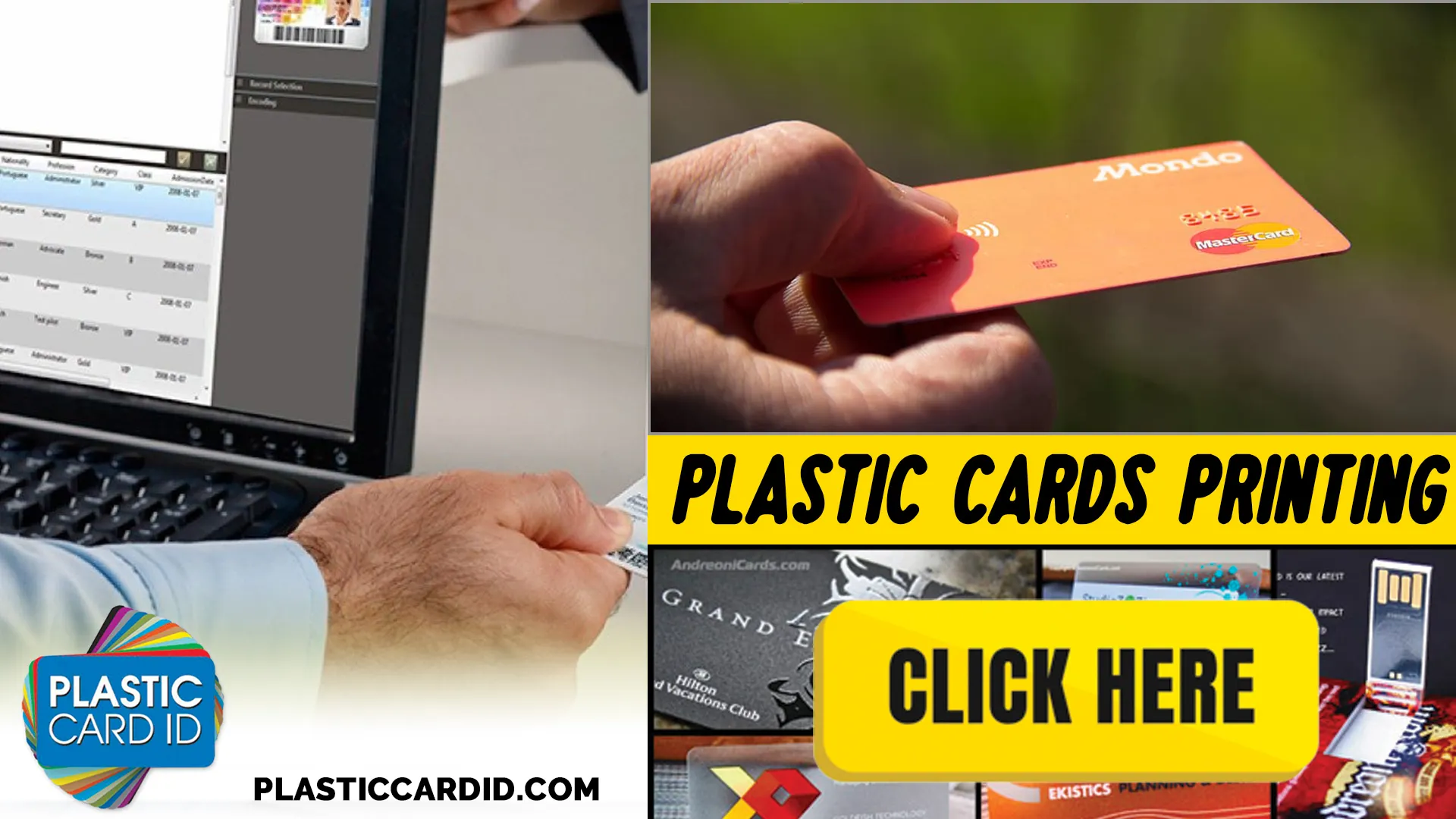Eco-Friendly Stationery: Sustainable Practices Card Printing Solutions
Table of Contents []
Sustainable Practices Card Printing
Sustainable Practices in Card Printing Reflect Commitment to an Eco-Conscious ApproachAt Plastic Card ID , we've integrated sustainable practices into the core of our card printing operations, demonstrating a profound commitment to an eco-conscious approach in everything we do. This dedication to environmental stewardship is not just an added feature, but a fundamental aspect of our company ethos.---
Embracing Eco-Friendly Materials in Production

When it comes to card printing, the choice of materials can have a significant environmental impact. PCID selects paper stocks and printing substrates that are not only of high quality but also environmentally friendly. We understand that using sustainable materials is the cornerstone of reducing our ecological footprint and we take pride in offering products that reflect our values.
Our selection criteria for materials are stringent. We opt for recycled and sustainably-sourced papers and use inks that are eco-friendly, minimizing harmful emissions. By choosing Plastic Card ID , customers can feel confident in the knowledge that their printed materials are created with the planet in mind.
Recycled Paper Options
We offer a variety of recycled paper options to cater to the different needs of our clients. By utilizing post-consumer waste, we help reduce deforestation and the energy consumption associated with producing new paper. Moreover, our recycled papers are processed chlorine-free, which prevents toxic dioxins from entering water systems.
In addition to looking and feeling great, our recycled paper options are durable and of exceptional quality, ensuring clients don't have to compromise on the appearance or integrity of their final product.
Plant-Based Inks
Unlike traditional petroleum-based inks, our plant-based inks contain fewer volatile organic compounds (VOCs). By using these eco-friendly inks, we contribute to a healthier environment both inside and outside of the print shop.
Our clients value the high-quality prints and the vivid colors that these inks produce, all while supporting environmental mindfulness.
Sustainably Sourced Materials
We are vigilant about sourcing materials from suppliers who share our dedication to sustainability. The papers and card stocks we use are certified by environmental organizations, ensuring that they come from well-managed forests that support conservation efforts.
It's important to us that our clients have access to products that don't just look good, but also do good for our planet.
---Energy Efficiency: A Core Component of Our Printing Process
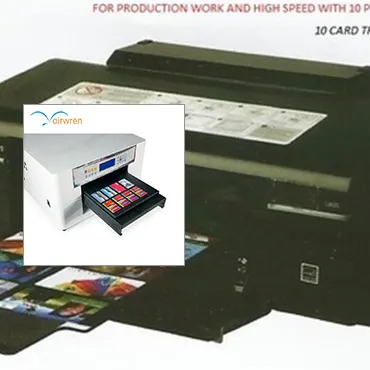
Energy conservation is essential in minimizing environmental impact. At Plastic Card ID , we constantly assess and update our equipment and processes to stay on the cutting edge of energy efficiency. Our facility harnesses advanced technologies that not only save energy but also enhance the precision and quality of our printing services.
Our commitment to energy-saving practices extends from using LED lighting in our production areas to implementing energy-efficient printing presses. Clients who choose us can trust that they are working with a company that prioritizes the reduction of carbon emissions in all aspects of its operations.
Efficient Printing Equipment
Our state-of-the-art printing presses are designed to optimize energy use without compromising on speed or quality. These machines reduce waste and improve turnaround times, effectively supporting our environmental goals and our clients' needs.
Investing in energy-efficient technology is a necessary step for responsible production, and it's a commitment we're proud to uphold.
Smart Facility Management
We implement smart systems for managing our facility that contribute to energy conservation. Our thermostats are programmed for optimal energy use, and we ensure that all our machines are properly maintained for peak performance and minimum energy consumption.
Through diligent facility management, we minimize our carbon footprint and model eco-responsibility.
Optimizing Production Workflows
Streamlining our production workflows is paramount not just for efficiency but also for environmental benefits. We carefully plan our print runs to avoid unnecessary waste and reduce the energy needed to fulfill each order.800.835.7919
Our optimized workflows lead to higher productivity, reduced costs for our clients, and most importantly, less strain on our planet's resources.
---Innovative Waste Reduction Strategies
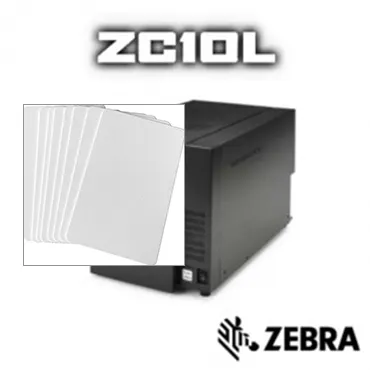
Reducing waste is an essential part of practicing environmental stewardship in the printing industry. PCID has developed innovative waste reduction strategies throughout the printing process. We aim to minimize scrap and repurpose remnants whenever possible, setting a standard for responsible production.
Through careful planning and inventive thinking, we find ways to transform waste materials into useful products, thus extending the lifecycle of our resources and preventing excess materials from ending up in landfills.
Pre-Press Precision
By meticulously preparing for each print job, we ensure high precision in pre-press. This reduces overruns and decreases the amount of wasted materials. Our digital proofs and stringent quality checks allow us to catch potential issues before they become wasteful errors.
Our diligence in the pre-press stage is a testament to our dedication to sustainability.
Repurposing and Recycling
Whenever possible, we repurpose offcuts and scrap material for internal use or donate them to community organizations for educational or creative projects. Our approach not only supports our community but also embeds the principle of reusability within our company culture.
Additionally, we employ a comprehensive recycling program for materials that cannot be repurposed, ensuring they are processed responsibly.
Lean Manufacturing Techniques
Our adoption of lean manufacturing techniques allows us to operate with minimal waste. We continuously evaluate our processes to find areas where we can reduce inefficiencies and streamline workflow, thus preventing waste before it even occurs.
This proactive approach to manufacturing maximizes resources and benefits the environment.
---Environmentally Considerate Packaging and Distribution
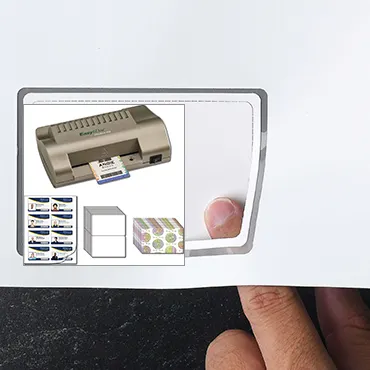
The responsibility of a sustainable company extends beyond the production floor to the packaging and distribution of its products. At Plastic Card ID , we carefully consider the impact of our packaging materials and shipping methods. By choosing biodegradable or recyclable packing materials and optimizing delivery routes, we strive to reduce our carbon footprint.
Our aim is for our eco-conscious efforts to be evident from the moment a client receives their shipment, affirming our pledge to sustainability throughout the supply chain.
Green Packaging Solutions
We offer a variety of environmentally friendly packaging options to suit every order. From recyclable cardboard boxes to packing materials made from natural fibers, our commitment to the environment is packaged alongside every product we deliver.
Clients can take pride in knowing that their choice in PCID supports a full-circle approach to environmental care.
Streamlined Delivery Routes
Efficiency in distribution not only ensures timely delivery but also contributes to reducing transportation emissions. We use advanced logistics software to plan the most efficient delivery routes, which helps us optimize fuel usage and decrease the carbon footprint associated with each order.
Our clients appreciate our punctuality and our efforts to mitigate the environmental impact of shipping our products.
Eco-Certified Shipping Partners
We partner with shipping companies that carry eco-certifications and prioritize sustainability in their operations. This alignment with like-minded partners ensures that the journey from our production floor to the client's hands continues to reflect our environmental values.
Choosing Plastic Card ID for your card printing needs means supporting a network dedicated to eco-friendly practices.
--- Let's now take a closer look at how rainwater collection systems can be optimized to boost efficiency and sustainability. ---Optimizing Rainwater Collection Systems for Sustainability
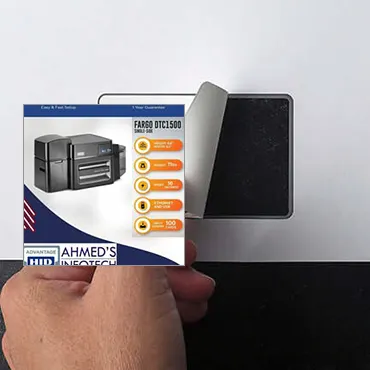
As our society places increasing importance on sustainable living, the adoption of rainwater collection systems has become more prevalent. These systems not only reduce the demand for treated municipal water but also help manage stormwater runoff, which can be critical in preventing soil erosion and flooding. Being mindful of how we optimize these systems can lead to even greater environmental benefits and cost savings.
Designing an optimal rainwater collection system requires consideration of several factors such as local rainfall patterns, the intended use of the collected water, and the storage capacity. To achieve a high level of efficiency and sustainability, it is pivotal to integrate the latest technologies and innovative strategies.
Assessing Local Rainfall Patterns
Understanding local rainfall patterns is crucial in designing an effective rainwater collection system. The size and design of the system should align with the average rainfall in the area to maximize collection while preventing overflow. By leveraging historical weather data, one can properly size catchment areas and storage tanks.
Using smart sensors that compile and analyze weather forecasts can also assist in managing the system more effectively by predicting when rainfall will occur and how much water can be expected.
Wise Use of Collected Water
The efficient use of rainwater is just as important as its collection. If the water is intended for non-potable purposes such as irrigation or flushing toilets, the system can be designed with less complex filtration solutions. However, if the water will be used for potable purposes, more sophisticated purification systems will be necessary.
Innovations in water treatment, such as UV purification and gravity-fed filtration systems, offer eco-friendly options for ensuring the rainwater is safe for various uses.
Enhancing Storage Solutions
Proper storage is the backbone of an efficient rainwater collection system. Storage solutions such as underground tanks or collapsible bladders can be used to save space and maintain the aesthetic appeal of a property. Moreover, the use of smart controllers that monitor water levels in storage tanks can help optimize water usage based on current and predicted needs.
By investing in high-quality, durable storage tanks, one can ensure the longevity of the system and prevent leakage, which is both cost-effective and better for the environment in the long run.
Incorporating Water Catchment Innovations
The catchment area, typically a roof, is an essential component of a rainwater collection system, and its efficacy can be greatly enhanced through the use of innovative materials and structures. Green roofs, for example, not only provide a space for rainwater collection but also contribute to insulating the building, leading to energy savings.
Moreover, gutter systems with debris filtering capabilities can increase the purity of the collected water, reducing the need for extensive treatment.
Community-Based Applications and Education
Community involvement is key to expanding the impact of rainwater collection systems. Public initiatives that encourage the installation of such systems can play a pivotal role in promoting sustainable water use. Educational programs that emphasize the benefits and practicality of rainwater collection can lead to wider adoption and more efficient management of water resources on a community level.
By encouraging the community to participate in rainwater collection efforts, we can create a collective impact on water conservation and help establish a culture of sustainability.
---Adopting rainwater collection systems not only demonstrates responsible water management but also sets a precedent for other eco-friendly initiatives within homes, businesses, and communities. By optimizing these systems, we can maximize their efficiency and sustainability, providing a myriad of environmental and economic benefits. As a community, we can embrace these practices to support a healthier future for the planet.Previous Page
